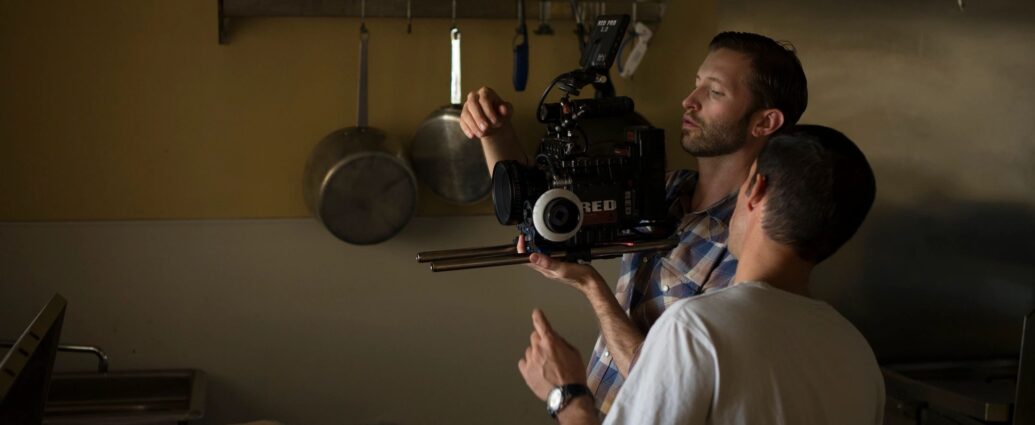The job of a movie director is one of the most critical and influential roles in the filmmaking process. A director is not only responsible for bringing the script to life but also for shaping the artistic vision and guiding the entire production team. This instructional essay delves into the multifaceted role of a movie director, exploring the necessary skills, responsibilities, and creative decisions that contribute to the successful execution of a cinematic masterpiece.
1. Understanding the Director’s Role
At its core, a movie director is the creative leader of a film production. They possess the vision and ability to transform a script into a visual and emotional experience for the audience. The director is involved in every aspect of filmmaking, from pre-production to post-production, ensuring that the film’s artistic integrity is maintained throughout the process.
2. Pre-production Planning
The director’s journey begins in the pre-production phase, where crucial decisions are made that will shape the entire film. During this stage, the director collaborates with the producer, screenwriter, and production designer to set the overall tone, style, and artistic direction of the movie.
a. Script Analysis:
Thoroughly analyzing the script is a crucial aspect of the director’s role. Understanding the characters, themes, and narrative structure is essential to envisioning the film’s final form.
b. Storyboarding and Shot Planning:
Creating storyboards and shot lists allows the director to visualize each scene, plan camera angles, and communicate their vision effectively with the crew.
c. Casting:
The director is heavily involved in the casting process, selecting actors who best embody the characters and can bring their artistic vision to life.
d. Collaboration with the Cinematographer:
Identifying and establishing a strong working relationship with the cinematographer is vital for ensuring that the visual style and tone of the film align with the director’s vision.
3. On-Set Responsibilities
Once production begins, the director assumes a central role in guiding the cast and crew to achieve their creative objectives.
a. Directing Actors:
The director is responsible for eliciting authentic and compelling performances from the actors. Effective communication and a deep understanding of acting techniques are essential for fostering a productive working relationship.
b. Setting the Tone:
Creating the right atmosphere on set is critical for maintaining focus and creativity. The director’s leadership sets the tone for the entire team and influences the energy on set.
c. Making Creative Decisions:
The director must make numerous creative decisions throughout the shooting process, including camera angles, lighting, blocking, and the use of visual and sound effects.
d. Adapting to Challenges:
Filmmaking is often unpredictable, and the director must be adaptable and make quick decisions to overcome unexpected challenges that arise during shooting. One of the key challenges for a director, of course, is realizing the vision for the film while staying within budget.
4. Post-production and Editing
The director’s involvement extends into post-production, where the raw footage is crafted into the final film.
a. Working with the Editor:
Collaboration with the editor is vital to shaping the narrative and pace of the film. The director provides guidance on which shots to use and the overall structure of the story.
b. Sound Design and Music:
The director works closely with sound designers and composers to create an immersive auditory experience that complements the visual storytelling.
c. Color Grading:
The director’s artistic vision continues in the color grading process, where the film’s visual tone and mood are enhanced.
5. Communication and Leadership
Effective communication and leadership are cornerstones of a successful directorial role.
a. Collaborating with the Crew:
The director must build a strong collaborative relationship with the production team, fostering a positive and creative working environment.
b. Articulating the Vision:
Communicating the artistic vision clearly to the crew, cast, and production team ensures that everyone is working towards the same creative goals.
c. Handling Creative Differences:
Navigating creative differences is a challenge every director faces. The ability to provide constructive feedback and find compromises is essential to maintain the film’s integrity.
6. Personal Style and Artistic Vision
Each director brings their unique style and artistic vision to a film. Whether it’s through visual aesthetics, storytelling techniques, or thematic exploration, a director’s personal touch distinguishes their work and makes it memorable.
a. Developing a Signature Style:
As a director gains experience, they often develop a signature style that defines their work and sets them apart from other filmmakers.
b. Embracing Creative Risks:
Taking creative risks is essential to push the boundaries of storytelling and create innovative and thought-provoking cinema.
Clearly, the job of a movie director is a multifaceted and challenging role that requires a blend of artistic vision, leadership, and effective communication. From pre-production planning to post-production editing, the director is the creative force that brings a film to life. By understanding the director’s responsibilities, embracing personal style, and collaborating with the production team, a skilled director can master the art of filmmaking and create cinematic masterpieces that resonate with audiences around the world.
